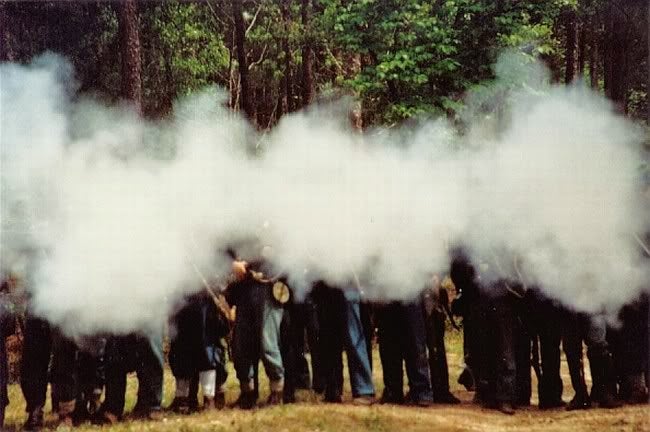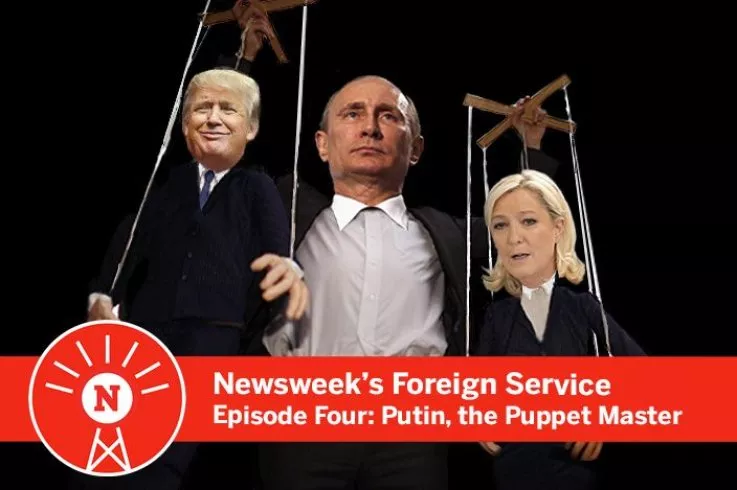.
There are certain ideological dead ends that are plaguing the Western World, albeit with very varying degrees among its countries.
For example, some people seriously believe that a bunch of cells equals a human being and an abortion is thus homicide (or "murder").
So once you've convinced yourself of this, you see a gazillion of "murders" happening in your country every year. Certainly, there's nothing more important than ending that, and voilà, you've become a single-issue voter. A useful idiot who is going to support the party that more or less seriously represents your position on this single issue, but its heart is really with giving rich people tax breaks and allowing corporations to poison the environment and everyone (and rip everyone off).
Still, at this point nothing trumps this single issue to you and you're locked into that ideological dead end.
And then there are people who have convinced themselves that the opposing party is riddled by paedophiles, sells children's organs, well, maybe they're satanists. Oh yes, and their most prominent politicians are super villains. So villainous indeed that no amount of investigations over many years can uncover a single criminal act of theirs.
At this point it doesn't matter how many paedophilia scandals your own party has, or that investigations of the politicians whom you hate are fruitless. You refuse to be ruled over by paedophiles and their league of child-eating super-villains! It doesn't matter to you what the other (your preferred) party does regarding the quality of life and security of yourself, your family, your children, your neighbours. it just doesn't matter. You refuse to be ruled over by paedophiles! Paedophiles cannot possibly legitimately win an election, ever! It doesn't matter whether they were declared winners of an election even by office-holders of your own party. Any story about how they allegedly cheated in the election has to be true, obviously. Moreover, accusations of such election fraud are not just accusations, they're evidence! They have to be true, no more evidence needed. Doesn't matter how many courts dismiss lawsuits about the election, those judges are probably lizards or paedos.
And of course, fact checkers are propagandists when they say something you don't like (but you send your peer group their fact checks if you like the result!).
Some people are even serious about the "lizard people control the world" thing, or similar ideas.
All reasonable arguments against your position become weightless once you've convinced yourself of such things. There's no reason to listen to paedos, lizards, baby-murderers. You're smart, you're standing against the puppetmasters! Including against those puppetmasters who beg you to not vote against your own family's economic interests for once!
You've got your news source, and those news sources informed you that all other news sources are run by lizards, or something. Don't trust them!
- - - - -
Bullshit accumulates, and so far biology is the only really effective way of cleaning it up. It can accumulate to the point of poisoning a major party. "First past the post" election systems favour two-party systems (though the British definitely broke that old wisdom a bit up), and having one of only two relevant parties poisoned is a national tragedy. It's even worse if your constitution has the defect that different institutions can block each other very often and paralyse the country (it doesn't matter whether the country as a whole has put lipstick on the pig and pretends that such blockades are a feature, not a bug).
- - - - -
Now maybe you're a right winger and think that I've once again bashed right wingers. That should give you pause to THINK how the heck you think that such outlandish behaviour could be descriptive of your tribe.
Besides, I bash left wingers as well. There's just a huge difference between the real world consequences of left wing idiocy and right wing idiocy now that left wing parties don't push for planning economies any more and don't party with Stalin any more. (That's kinda the fashion in the right wing these days.)
One example; I was enticed to think that a lot of the trans stuff is bollocks and legislation should point at a certain way. Then I learned that much of that stuff was already settled law in Germany since 1981, with important addition by constitutional court decision in 2011. It was enlightening to me. Absolutely none of these rules have ever affected me, my family, friends nor did I ever notice anyone being affected. All of this controversy was entirely irrelevant to practical life as far as I can tell. Meanwhile, as an economist, I can tell that certain other policies make the difference between working poor and middle class for people whom I know. In fact, the pendulum is stuck at "working poor" for them. The whole trans bollocks is but a distraction from what matters for real. Thus I mock people who get exasperated about who gets to use which restroom.
I heard the siren's call clear and loud and I sailed on.
I wish more people could avoid getting stuck in ideological dead ends and would be able to focus on what matters for real. That would be a nice new year's resolution.
S O
P.S.: My New Year's resolution is to be less lazy, both privately (working out) and on the job.
.


















_profile_drawing.png)



